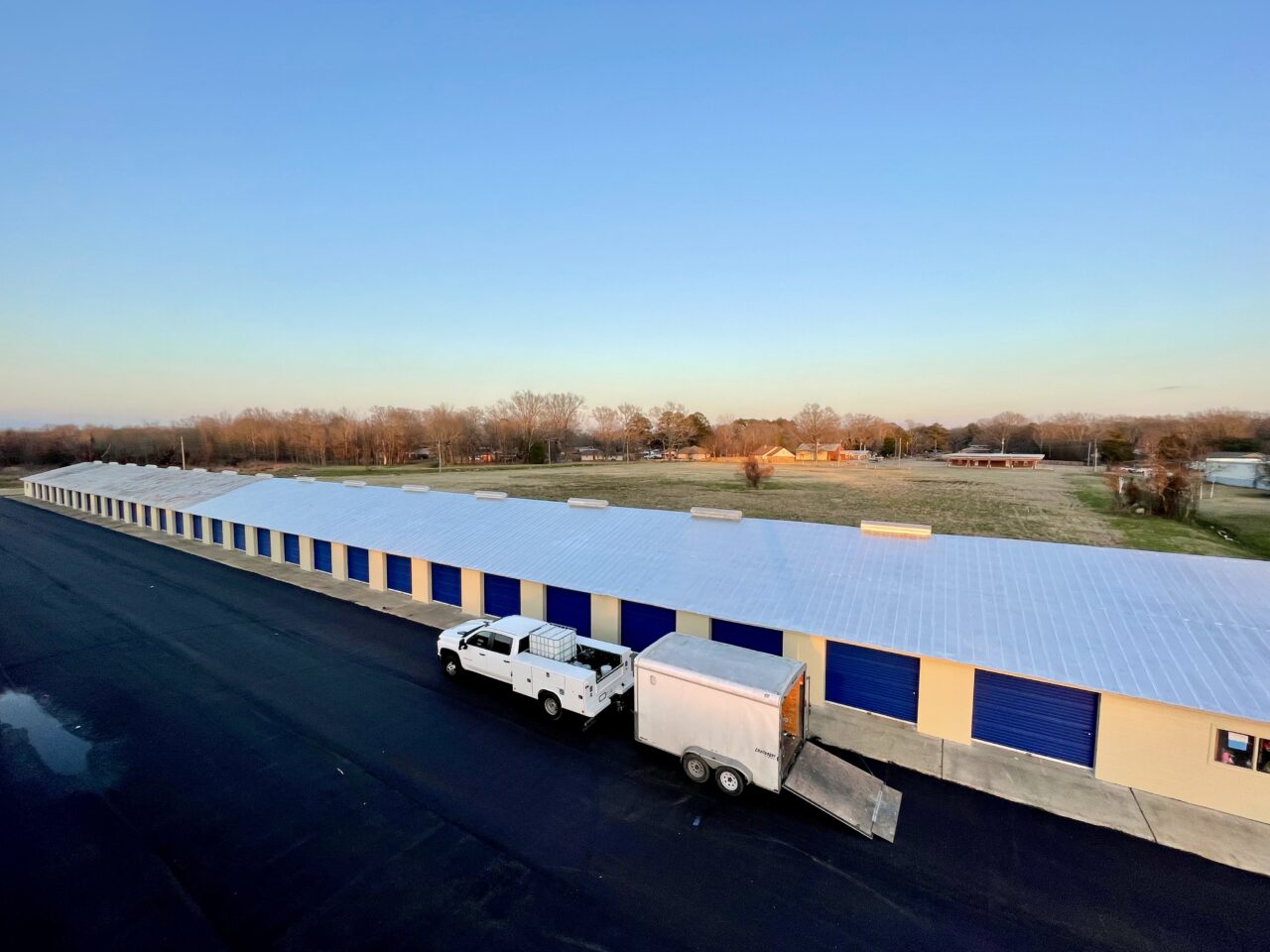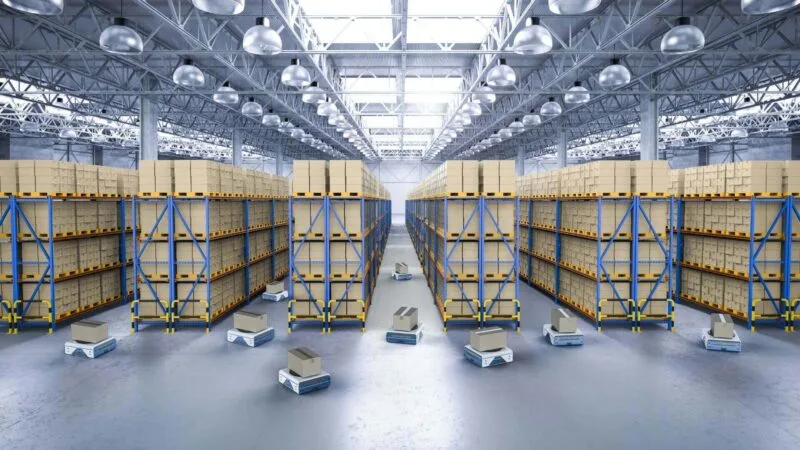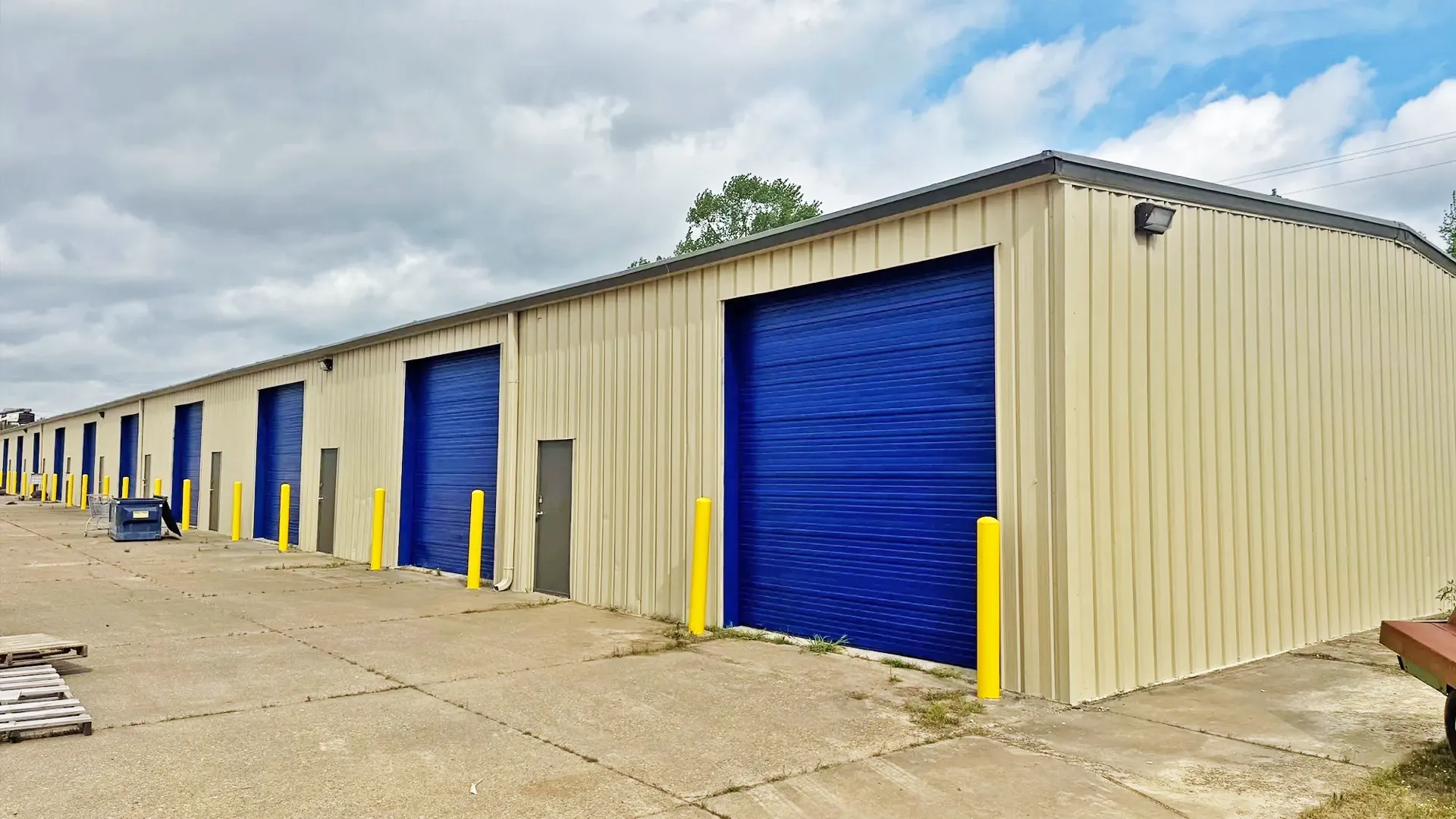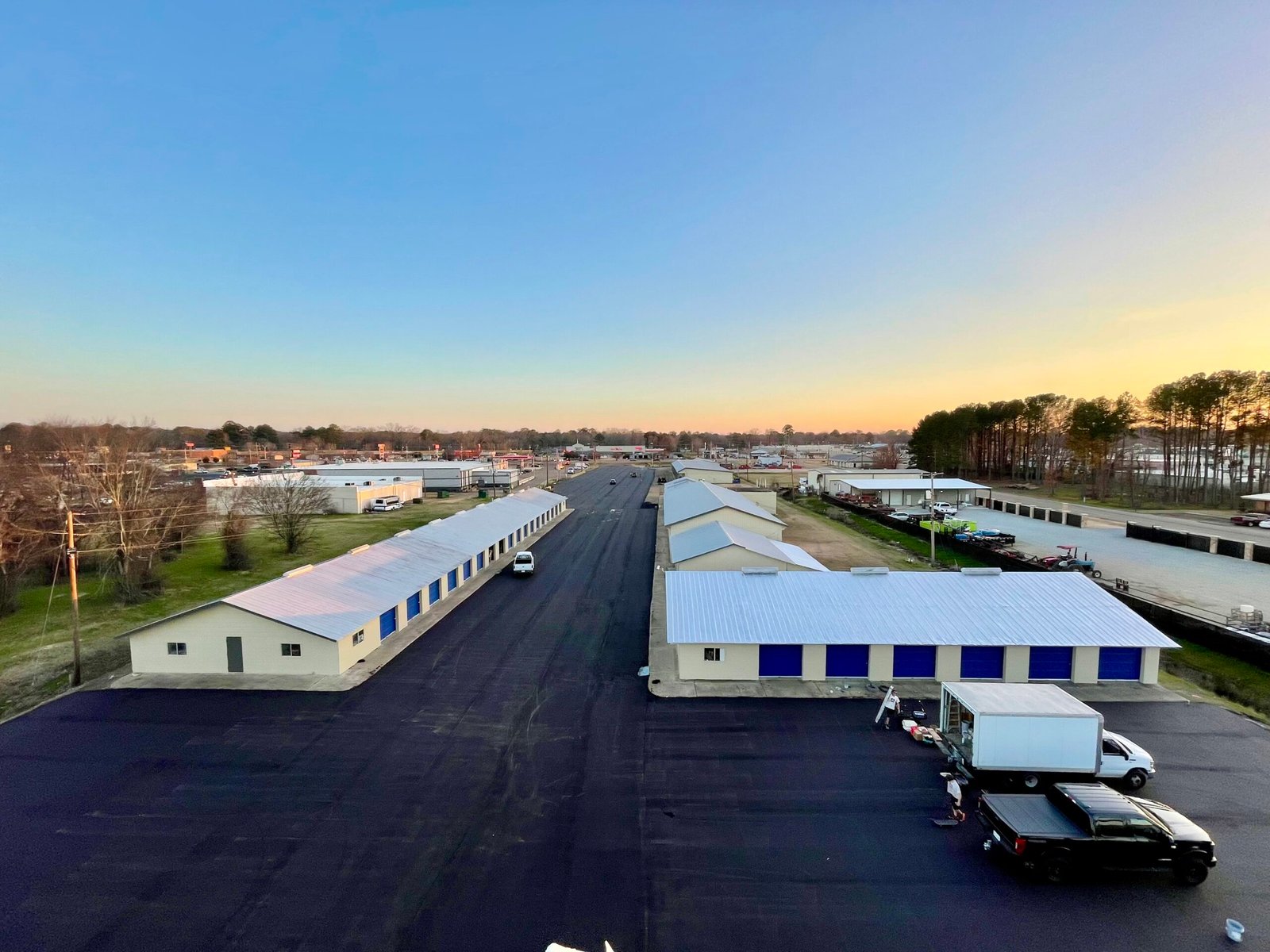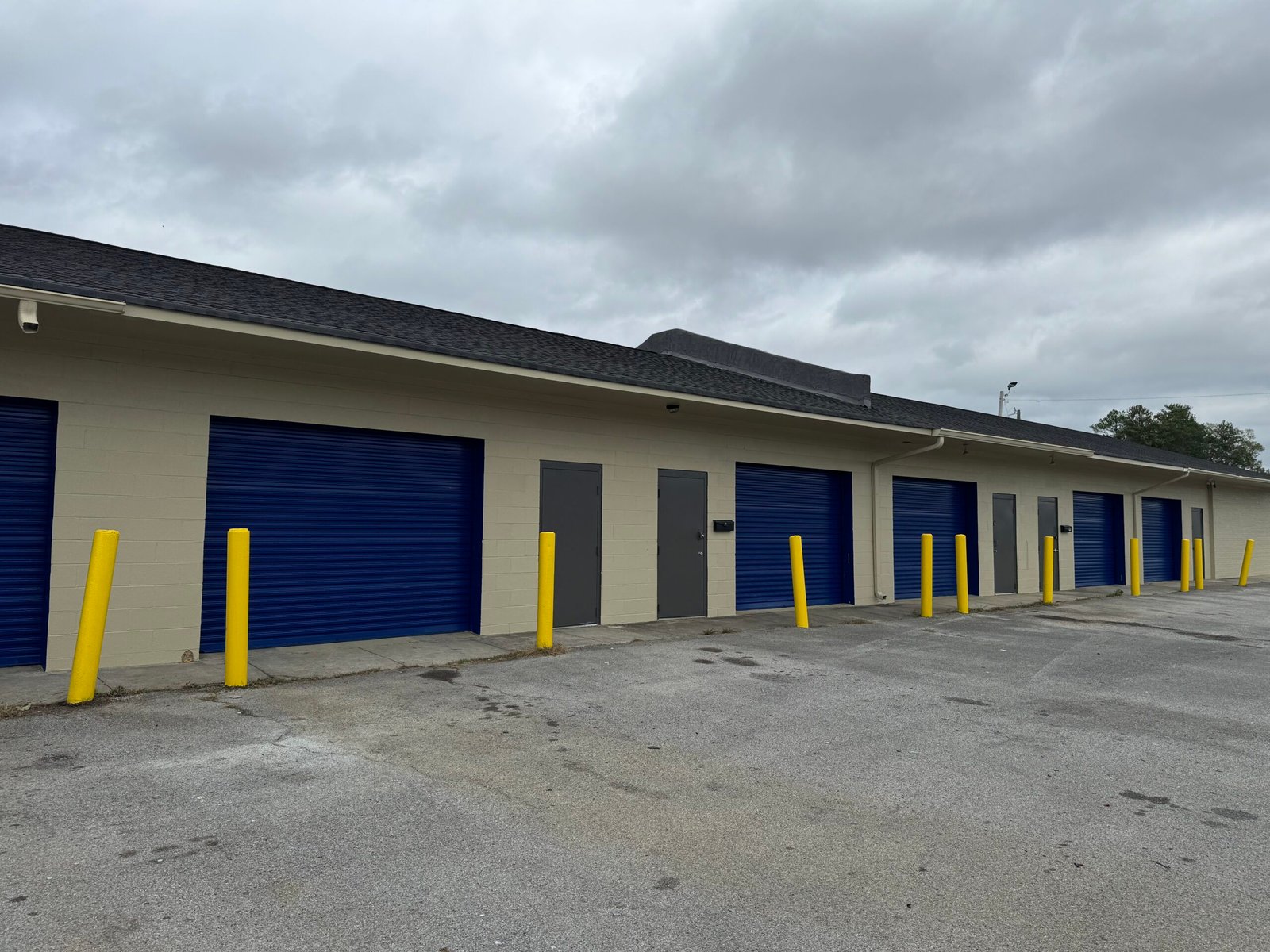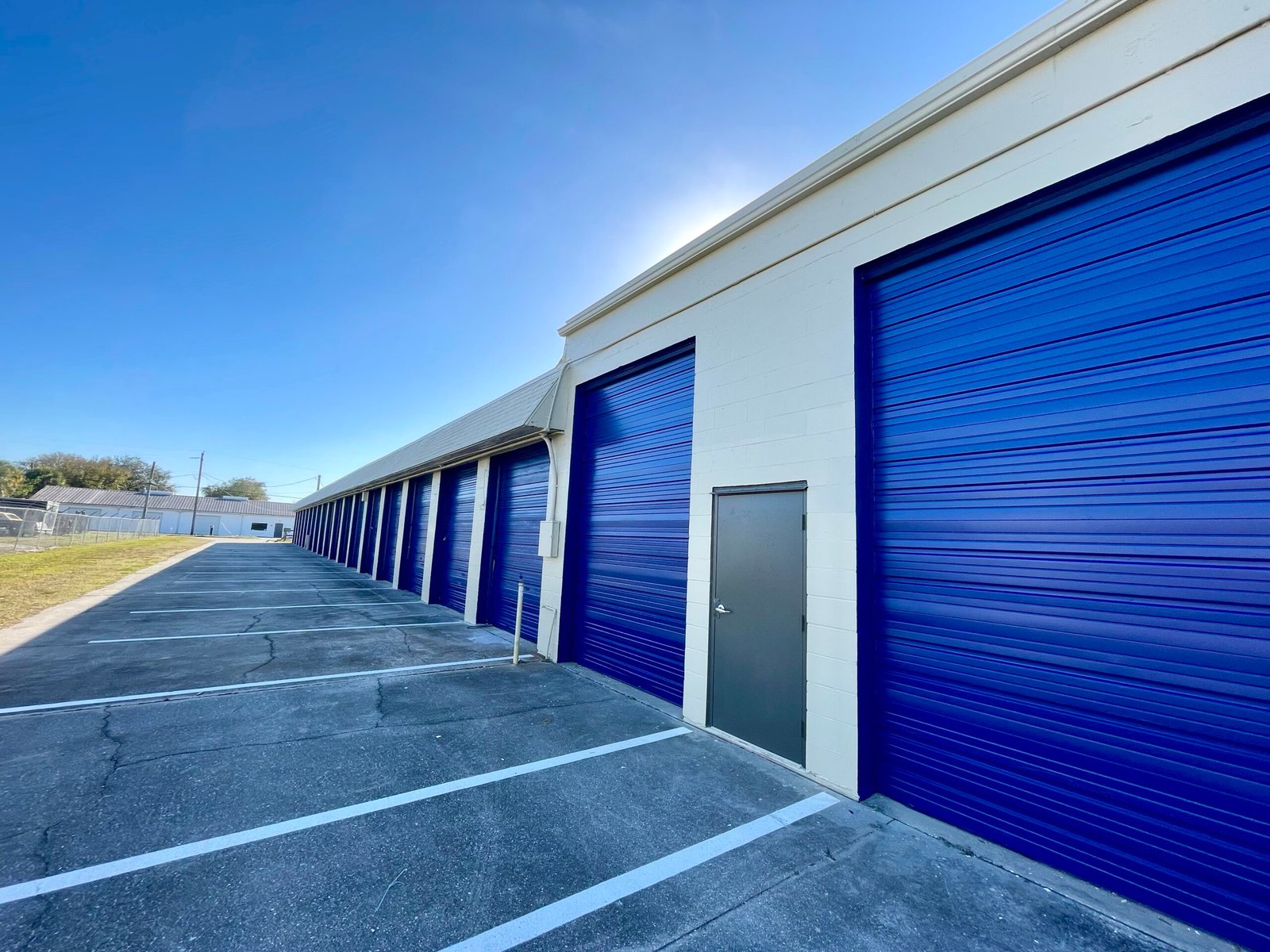The warehousing landscape is undergoing a seismic shift, driven by advancements in technology, evolving consumer demands, and a globalized economy. As we look ahead, it’s essential for tenants—whether they are retailers, manufacturers, or logistics providers—to understand the trends shaping this sector. Here’s what you need to prepare for in the future of warehousing.
1. Embrace Automation
Why It Matters: Automation is no longer a futuristic concept; it’s happening now. From robotic pickers to automated sorting systems, the integration of technology can significantly enhance efficiency and accuracy in warehouse operations.
What to Do: Evaluate the potential for automation in your operations. Start small with tasks like inventory management or order fulfillment and scale up as you see results. Partner with tech providers who can offer solutions tailored to your specific needs.
2. Invest in Sustainability
Why It Matters: With growing environmental concerns, consumers are increasingly favoring brands that prioritize sustainability. Warehousing practices are no exception, and green logistics is becoming a competitive advantage.
What to Do: Explore options for sustainable practices, such as energy-efficient lighting, renewable energy sources, and eco-friendly packaging. Consider LEED certification for your warehouse to attract eco-conscious partners and clients.
3. Optimize Location Strategy
Why It Matters: The rise of e-commerce has shifted the focus from centralized warehouses to strategic locations closer to consumers. Proximity to major transportation hubs can significantly reduce shipping times and costs.
What to Do: Analyze your current warehouse locations and consider expanding or relocating to better serve your market. Evaluate the logistics of last-mile delivery and identify sites that optimize your supply chain.
4. Leverage Data Analytics
Why It Matters: Data is the new goldmine. By leveraging analytics, warehouses can gain insights into inventory levels, demand forecasting, and operational efficiency, leading to more informed decision-making.
What to Do: Invest in data analytics tools that provide real-time insights. Train your team to interpret data effectively and make data-driven decisions to improve operations and reduce costs.
5. Enhance Workforce Skills
Why It Matters: As technology evolves, so too must the workforce. Skilled labor is essential for operating sophisticated warehousing systems and ensuring smooth operations.
What to Do: Provide ongoing training and professional development opportunities for your staff. Foster a culture of learning where employees feel equipped to handle new technologies and processes.
6. Prioritize Safety and Compliance
Why It Matters: Safety regulations are continuously evolving, and non-compliance can lead to hefty fines and operational disruptions. A safe workplace is not just a legal requirement; it also fosters employee morale and productivity.
What to Do: Regularly review and update your safety protocols. Invest in training programs to keep staff informed about best practices and compliance requirements. Consider implementing technology solutions that monitor safety conditions in real-time.
7. Adapt to Changing Consumer Preferences
Why It Matters: The shift towards direct-to-consumer (DTC) models is altering warehousing requirements. Customers now expect faster delivery times and personalized service.
What to Do: Stay agile in your operations to meet these changing demands. Explore options like micro-fulfillment centers to bring inventory closer to the consumer and streamline order fulfillment processes.
